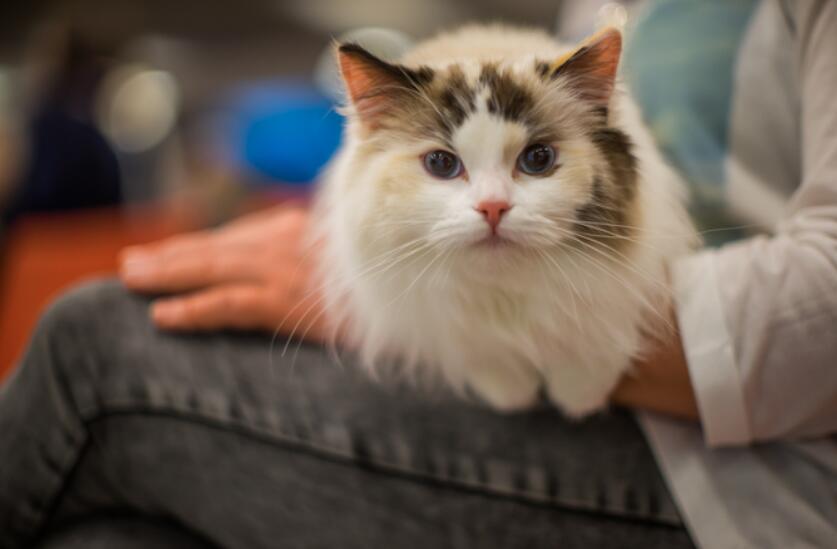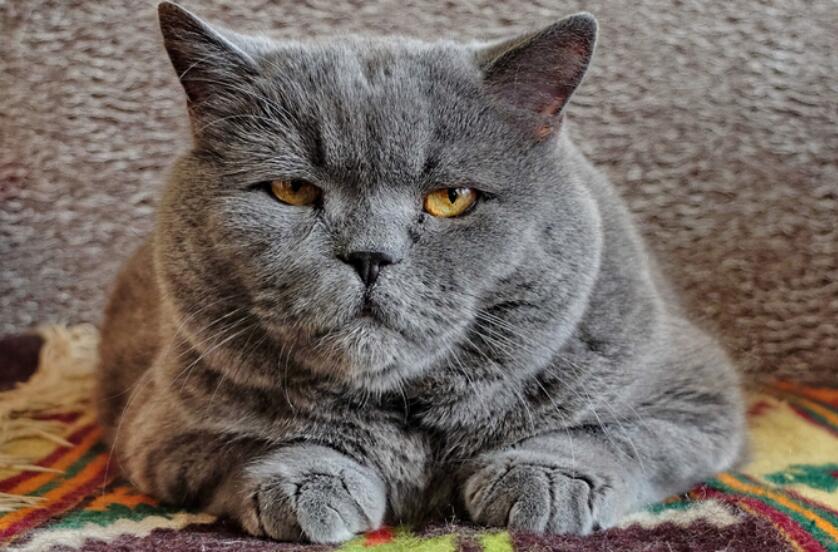 Diabetes in cats is a growing problem. In fact, according to Banfield Pet Hospital’s 2016 State of Pet Health report, the prevalence of diabetes in cats has increased by 18.1 percent since 2006. To reverse this trend, pet parents need to know the causes of diabetes and how to prevent and treat it in cats. Read on for more information.
Diabetes in cats is a growing problem. In fact, according to Banfield Pet Hospital’s 2016 State of Pet Health report, the prevalence of diabetes in cats has increased by 18.1 percent since 2006. To reverse this trend, pet parents need to know the causes of diabetes and how to prevent and treat it in cats. Read on for more information.
Symptoms of diabetes in cats
The first signs of diabetes that pet parents usually notice are thirst, increased urination, weakness, and weight loss, despite a normal appetite. Your cat may also be infected with a disease that has not been treated with antibiotics. As the disease progresses, a cat with diabetes may become weak, walk with bent hind legs, and develop cataracts. Ketoacidosis is a potentially fatal disease characterized by electrolyte disturbances, extreme dehydration, vomiting, diarrhea and respiratory distress.
Of course, other diseases can cause similar symptoms in cats. Therefore, before diagnosing diabetes, the veterinarian needs to perform a physical examination, a complete health history, blood tests and urinalysis.
Diet, exercise and obesity
Type 2 diabetes is the most common form of diabetes in cats, which is good news because in many cases, it is preventable. The disease is usually caused by a range of lifestyle factors, including lack of exercise, high-carbohydrate/low-protein diets and obesity.
In the early stages of type 2 diabetes, the cat will still produce enough insulin, but the body has lost its normal ability to respond. If, at this point, the cat receives additional insulin therapy, eats a high-protein/low-carbohydrate diet, and loses weight, her diabetes may go into remission, which can last for several years. However, if treatment is delayed, cats with type 2 diabetes usually require lifelong insulin therapy.
Autoimmune destruction of insulin-producing cells
In some cases, the cat’s own immune system attacks and destroys the insulin-producing pancreatic cells. This is a typical cause of type 1 diabetes and is more common in dogs than cats. treatment for type 1 diabetes includes lifelong insulin replacement therapy and dietary management with a low-carbohydrate/high-protein diet to smooth out fluctuations in the cat’s blood glucose levels and reduce its need for insulin.
Pancreatitis
Severe inflammation of the pancreas (pancreatitis) can destroy so much tissue that the organ is unable to produce enough insulin to maintain the cat’s blood glucose levels. Unfortunately, the symptoms of feline pancreatitis (loss of appetite and lethargy) are vague and non-specific, and diagnosing this condition can be difficult and often requires specialized testing. Cats recover fully from pancreatitis but have persistent diabetes and therefore may require lifelong insulin therapy.
Glucocorticoid drugs
Glucocorticoid medications (e.g., prednisolone, prednisone, dexamethasone, and methylprednisolone) are used to treat many different feline conditions, including allergies, inflammatory bowel disease, and asthma. While short-term use of these drugs is quite safe, cats on long-term use of these drugs, especially at high doses, are at risk of developing diabetes. To reduce this risk, glucocorticoids should be used at the lowest dose necessary to control the cat’s symptoms.
Cats who develop diabetes after glucocorticoid therapy should be slowly weaned off these medications and treated with insulin and a low-carbohydrate/high-protein diet. Insulin therapy is usually not needed as long as there is no permanent damage to the insulin-secreting pancreatic cells.
Cushing’s disease
When a cat has Cushing’s disease (hyperadrenalism), its adrenal glands overproduce cortisol, a hormone with widespread effects throughout the body, including making it more unresponsive to insulin. Excess cortisol can lead to diabetes.
Cushing’s disease in cats is rare. Often, these cats are initially diagnosed with diabetes and later diagnosed with Cushing’s disease because their blood glucose levels do not decrease with insulin therapy. If the cause of Cushing’s disease can be addressed (e.g., surgical removal of an adrenal tumor), the cat may also be “cured” of diabetes. “However, most cats develop the disease because tumors in the pituitary gland are not easily removed and require insulin injections in addition to medication to control the symptoms of Cushing’s.”
Acromegaly
Cats suffer from upper limb hypertrophy because of an overproduction of growth hormone from tumors in the pituitary gland. The excess growth hormone causes these cats to be larger than normal, with a large head, large paws, and enlarged internal organs. They also usually develop diabetes due to the anti-insulin effects of growth hormone. Treatment of feline acromegaly is very difficult. It can be treated with high doses of insulin for some time, but eventually most people withAcromegalyCats with induced diabetes are euthanized.

